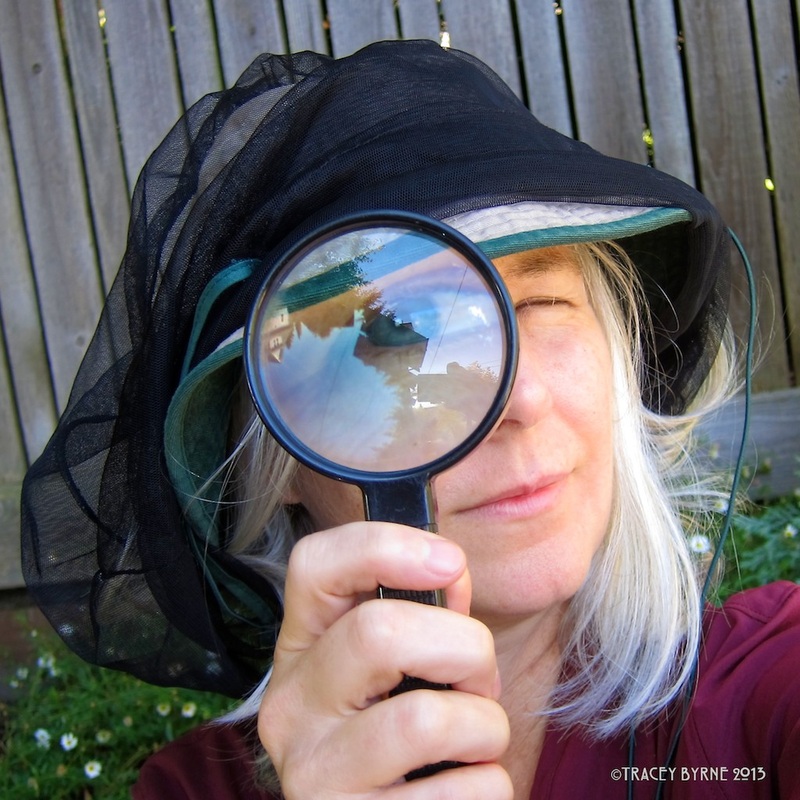"Shorebirds are in trouble. According to the 2014 “State of the Birds Report,” authored by the US Fish and Wildlife Service, Cornell Lab of Ornithology, and National Audubon Society among many others, "Shorebirds are declining more than many other species groups. Long-term migration counts for 19 shorebird species show an alarming 50% decline since 1974." Local declines are also apparent. This is significant because, as pointed out by the 2014 State of the Birds Report, "Long-distance migrants require healthy stopover habitats along their entire pathway, and the chain of sites is only as strong as the weakest link."
Please consider signing this petition from Change.org
As citizens of Seattle, and as environmental leaders concerned about the preservation of biodiversity, we call on the Washington State Dept. of Transportation (WSDOT) and the US Army Corps of Engineers, to alter the SR520 Wetland Mitigation Plan to create habitat that will return shorebirds to the Union Bay Natural Area (also know as "Montlake Fill").
Since at least the 1970s, the Union Bay Natural Area on the University of Washington campus has arguably been one of the most important stopover areas for migratory shorebirds in Seattle. Today shorebirds are rarely seen here due to the conversion of this area from open habitat to a wooded wetland. Recreational birders at Union Bay Natural Area have observed a decline from more than 1,400 shorebirds in the 1990s, to just 42 individuals last year. While loss of open habitat is a widespread threat to migratory birds, it is a threat we can address right here in Seattle. The phrase “think globally, act locally” comes to mind.
WSDOT's plan claims to include enhanced shorebird habitat, but instead it calls for increased planting of woody vegetation around all shorebird sites and maintenance and growth of trees where they exist. Although the mitigation design is meant to create habitat that would be used by diverse wildlife, no planning has occurred to consider any specific wildlife species or group.
The State legislature has allocated some $2 million to WSDOT for wetland habitat restoration at the Union Bay Natural Area. Unfortunately, WSDOT's mitigation plan will accelerate the catastrophic decline of shorebirds there.
Seattle Audubon advocates for tree planting and wetland restoration across Seattle, but also understands that not all species use the same habitat types and trees are not appropriate in all wetland habitats. We believe that biodiversity declines are a global problem that we can affect right here. Let us not lose a unique opportunity to bring back shorebirds to Seattle, and give ordinary citizens a glimpse into the lives of some of the planet's most extraordinary migrants.
Please join me in signing this petition to save critical shorebird nesting and stopover habitat!
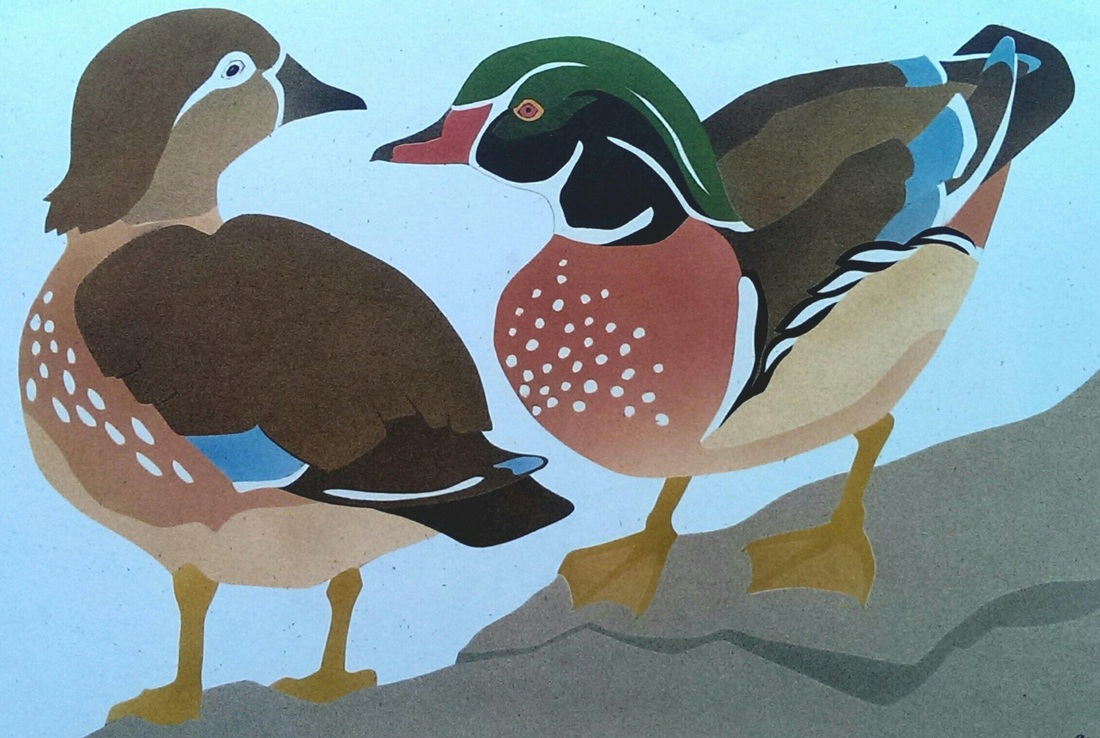
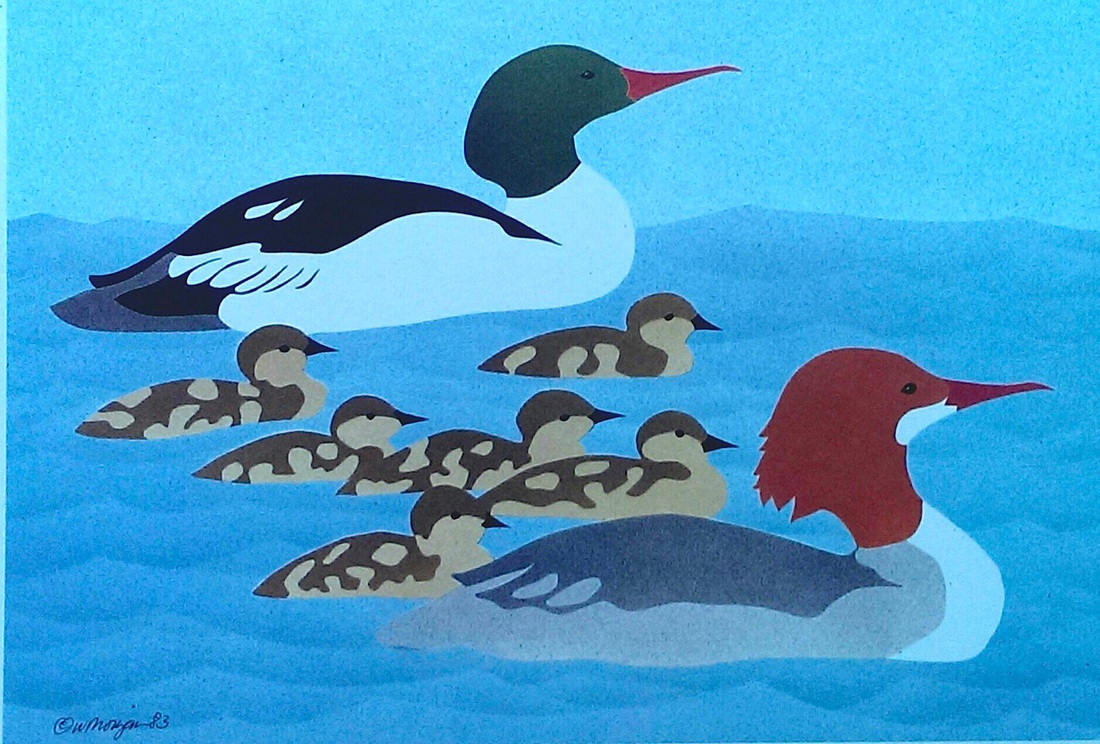
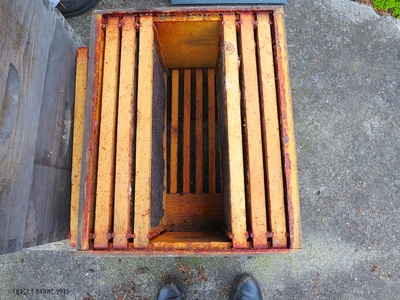
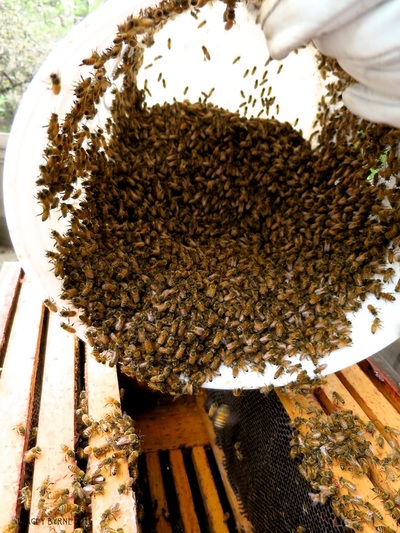
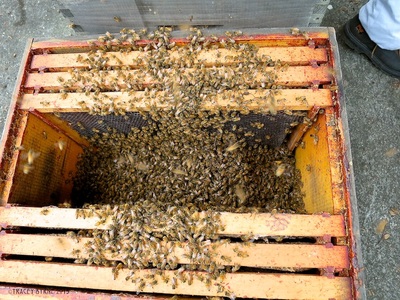
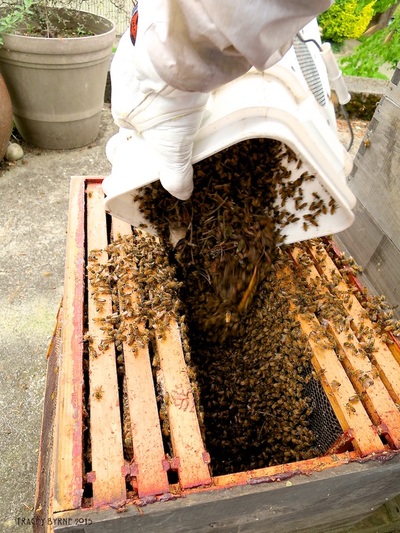

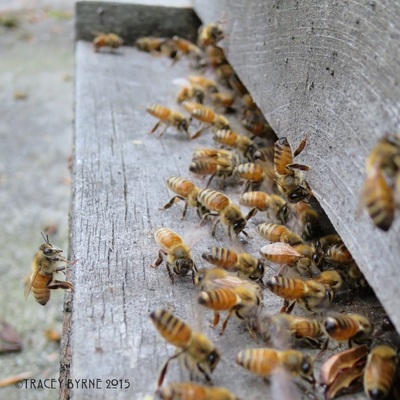
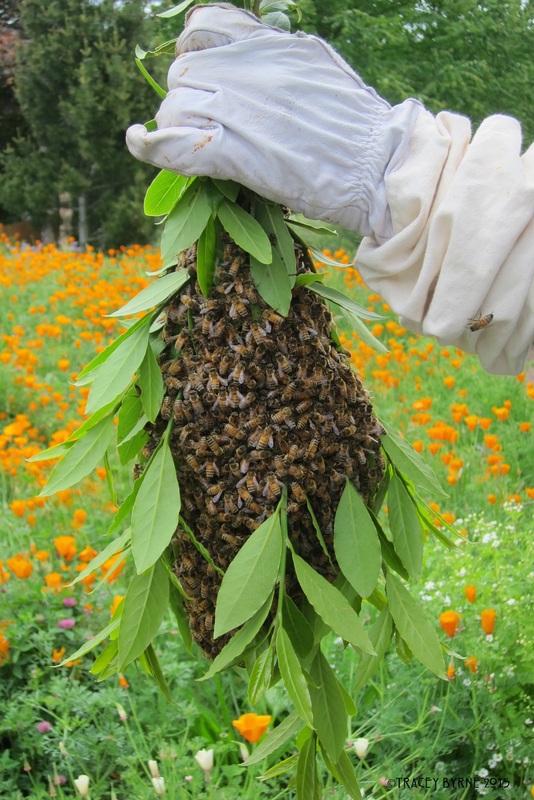
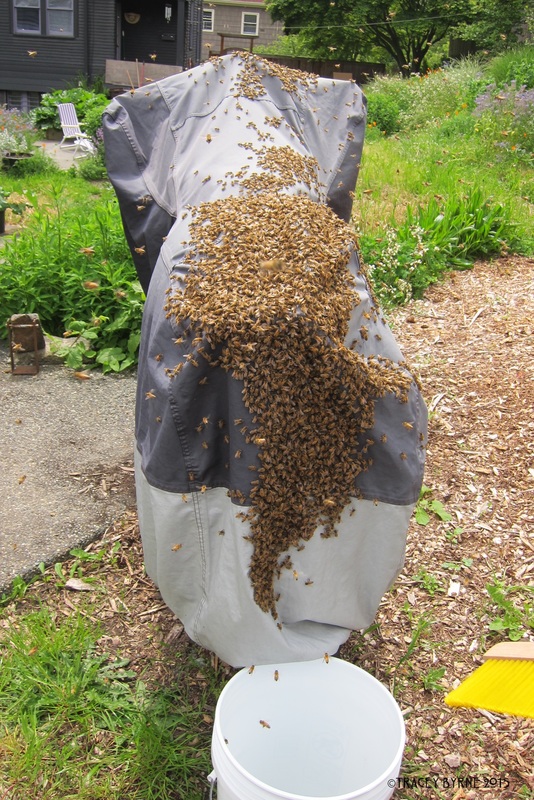

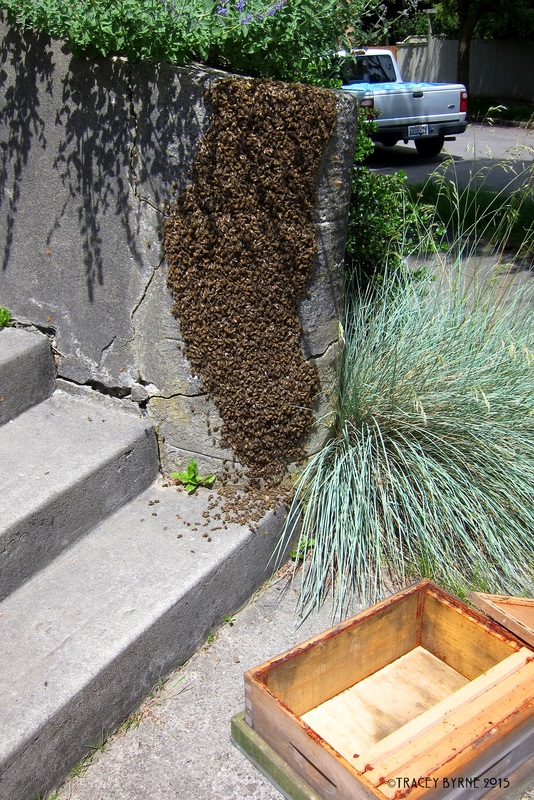
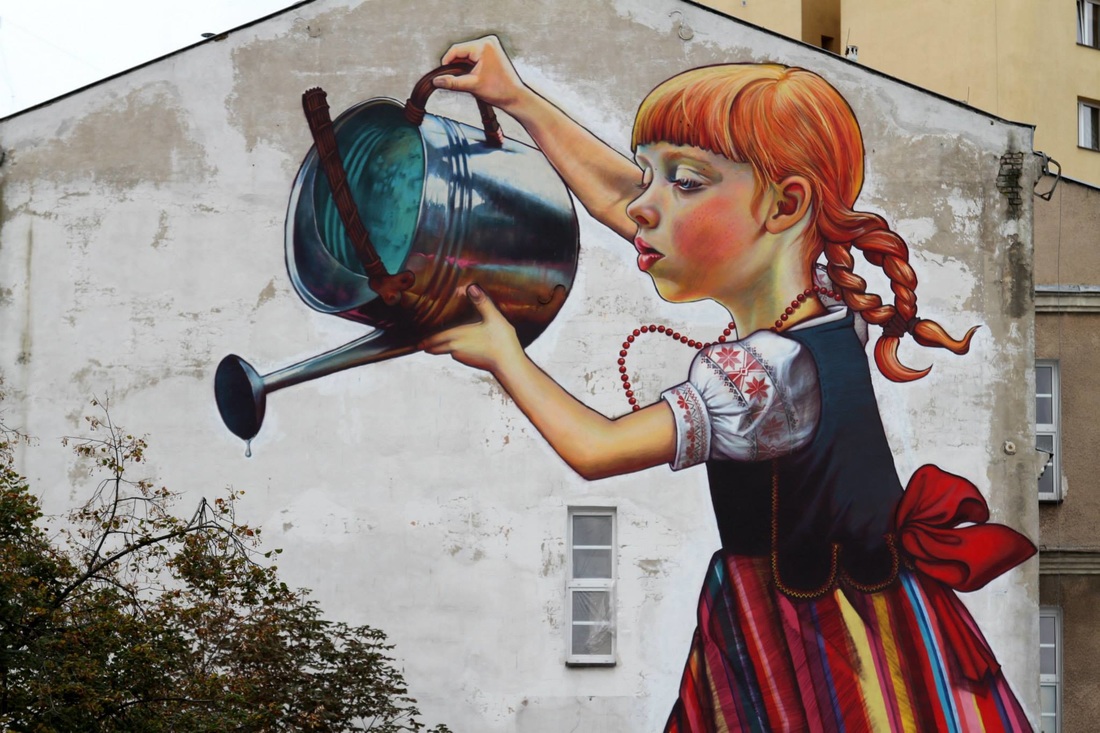
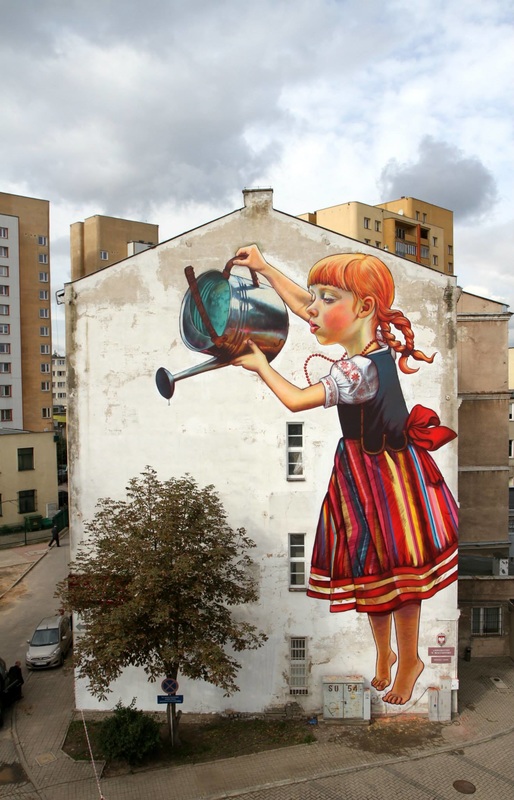

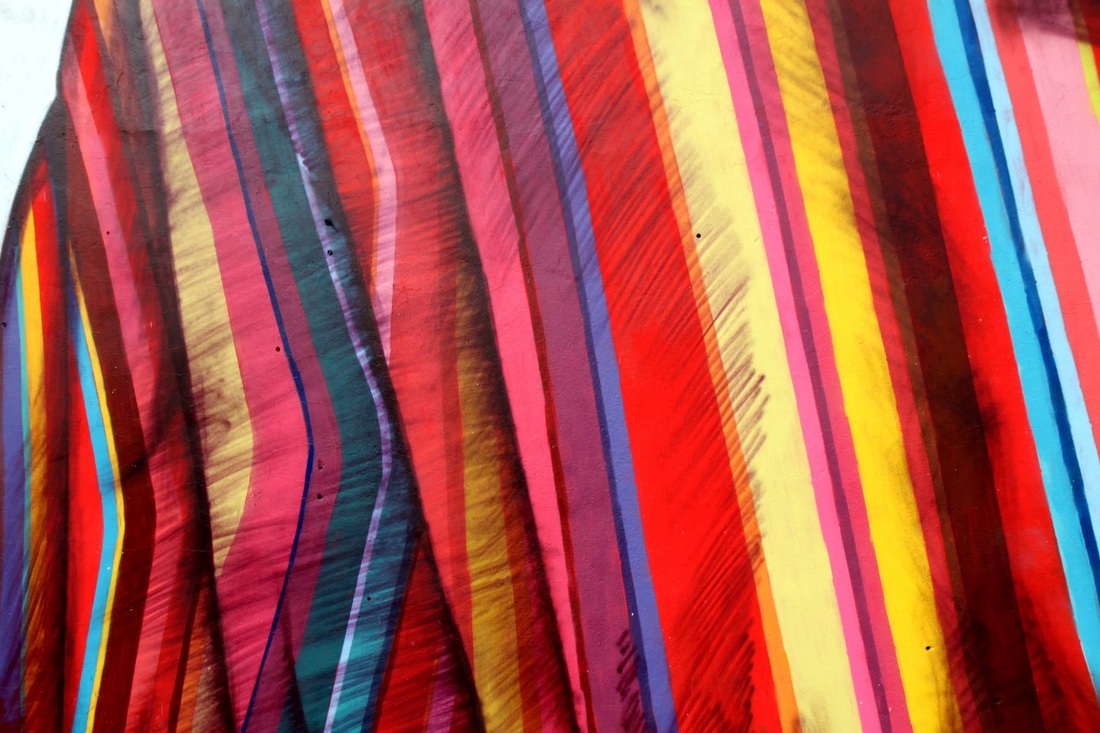
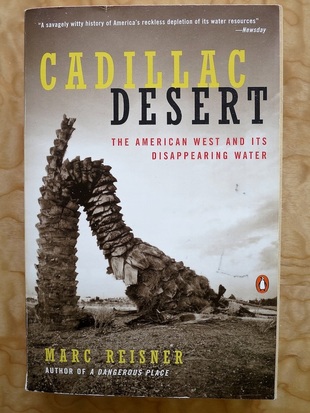
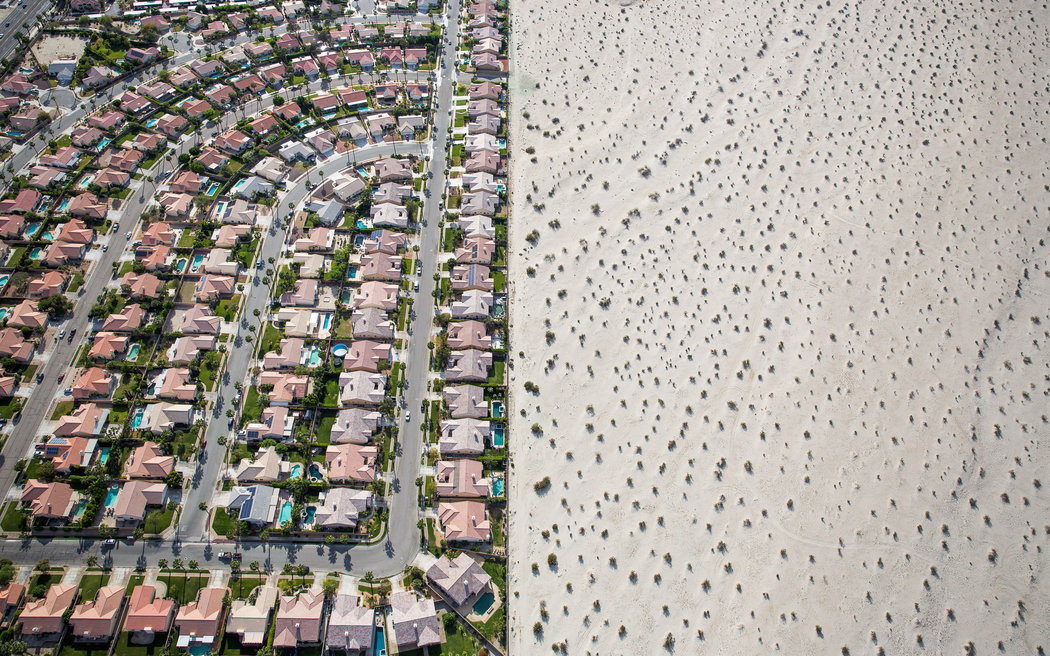
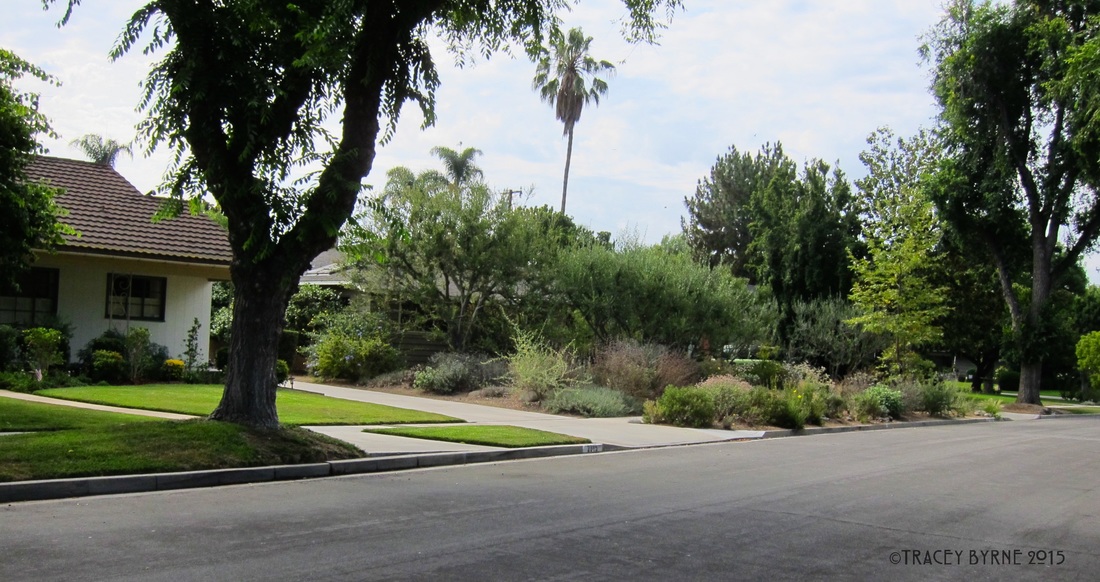
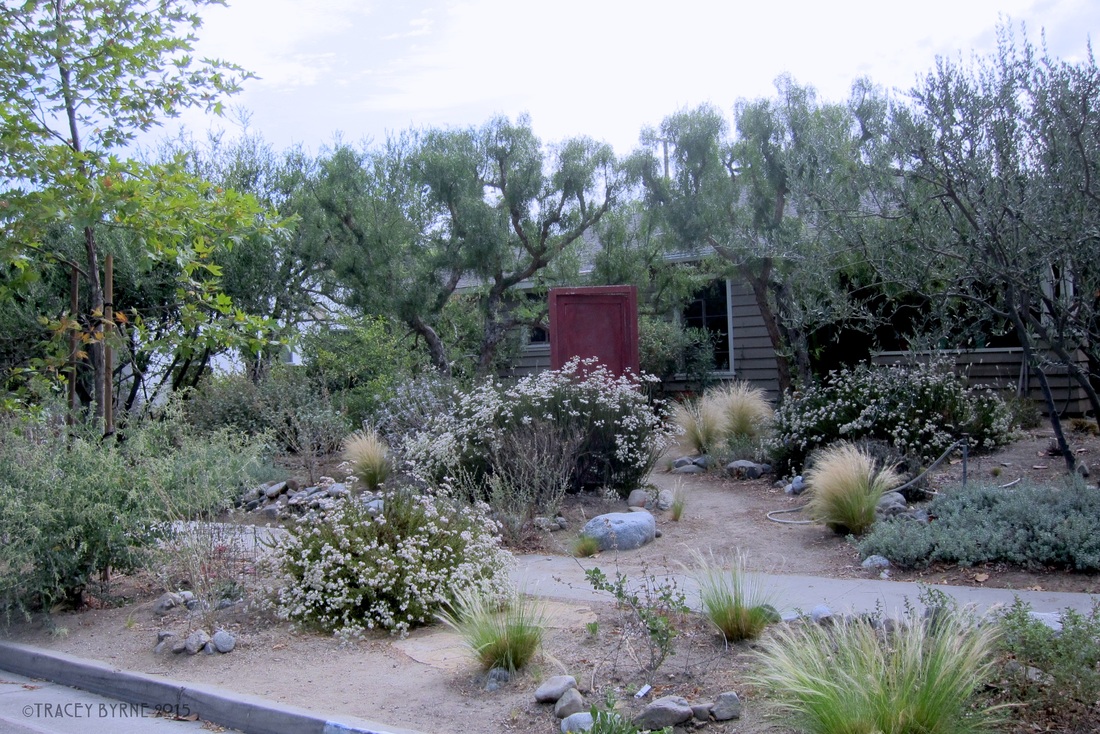
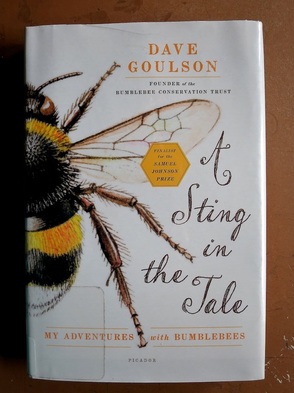
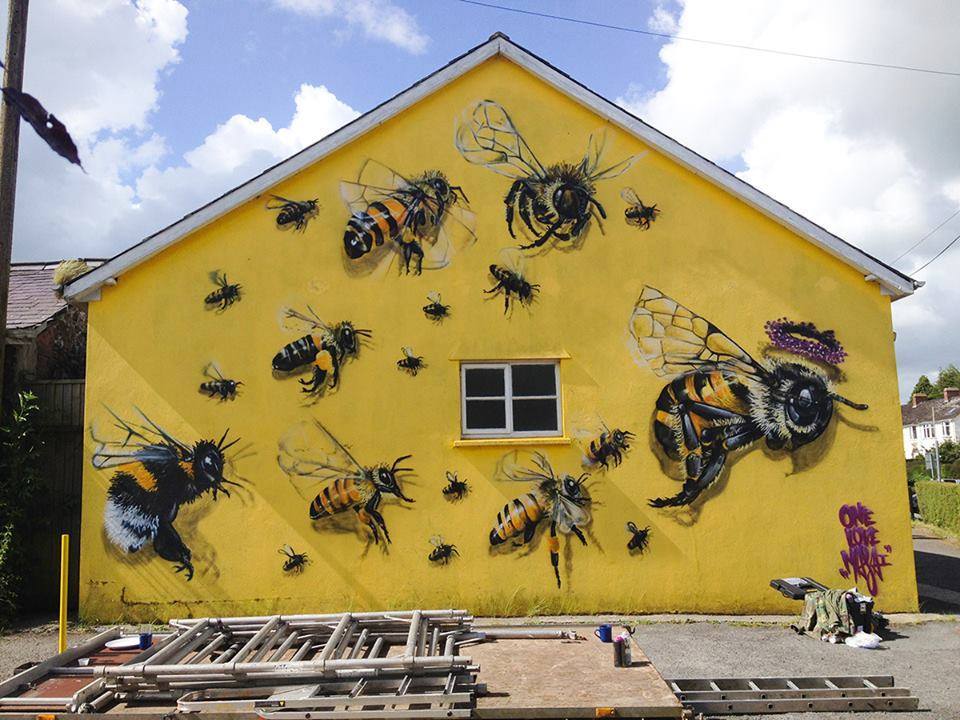
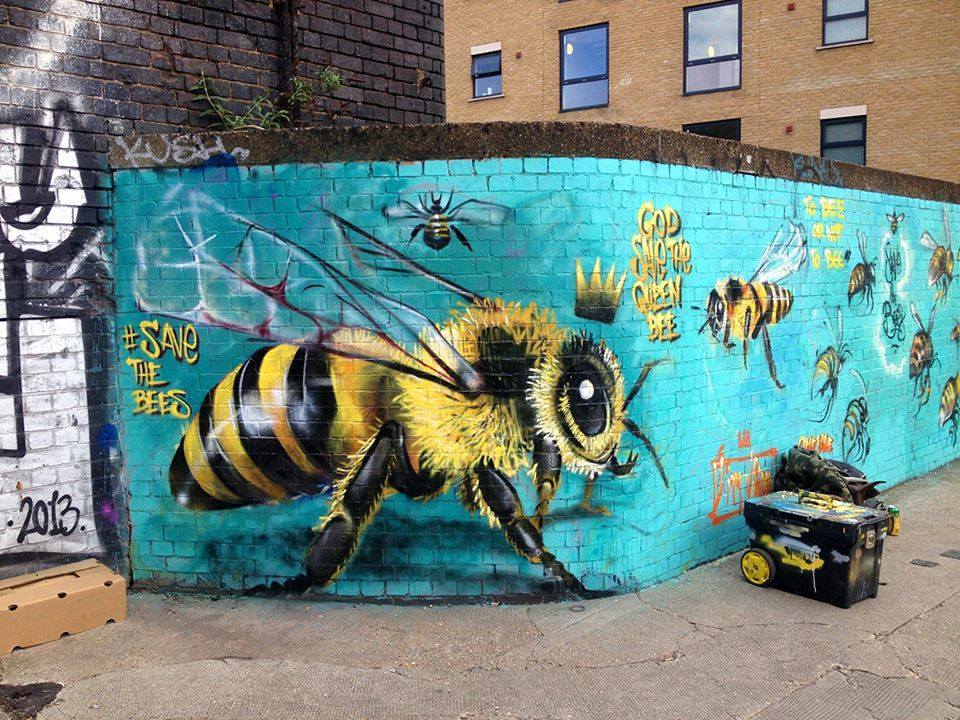
 RSS Feed
RSS Feed
